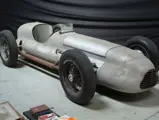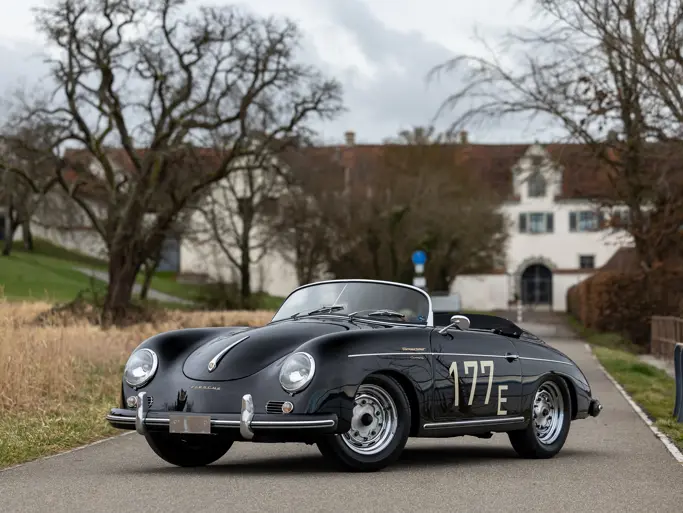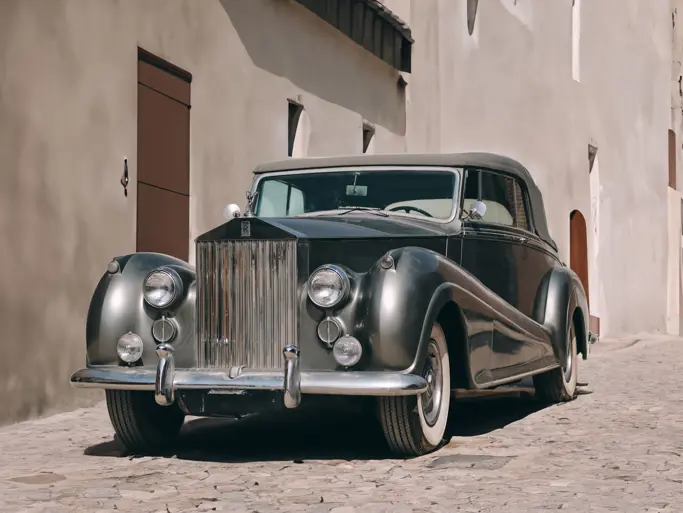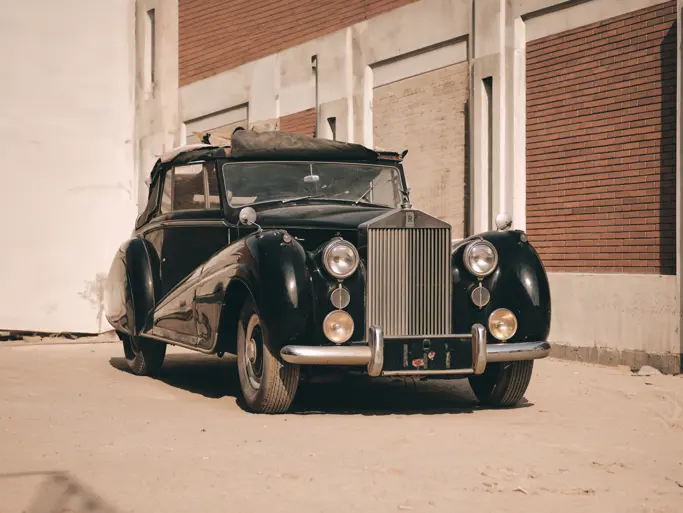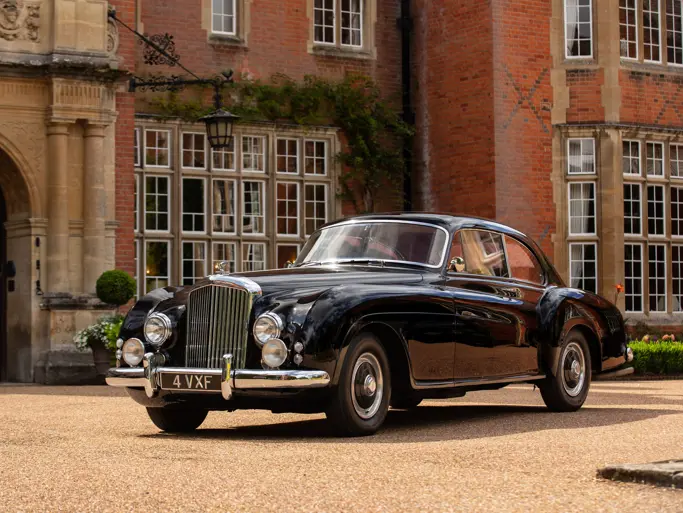California 2013
1950 Pearson/Kurtis Indianapolis
{{lr.item.text}}
$192,500 USD | Sold
 | Burbank, California
| Burbank, California
{{internetCurrentBid}}
{{internetTimeLeft}}

- 270-cid Offenhauser engine, two Riley carburetors, JO8 Bosch magnetos
- Aluminum body, one of two cars constructed but never raced
- Interesting history and a timepiece of highest tech construction methods of the era
Gil Pearson’s career as a racecar owner began with the “Santa Monica Special” sprint car run in the 1920s. By the late 1930s he was fielding a Clyde Adams built “big car” successfully winning the Oakland 500 three times. After the war he set his sights on Indianapolis and began building two identical cars following the example of peers Harry Miller and the Sparks-Thorne team. Leo Goossen, whose career began with Miller, was commissioned by Pearson to design the car. Frank Kurtis used his exceptional skills to shape the aluminum bodies and fabricate frame rails, fuel and oil tanks. A 270-cid Offenhauser engine powered the cars. Each used two Riley carburetors along with JO8 Bosch magnetos, the most expensive mags available.
Pearson completed one car painting it an attractive blue color. He displayed it at the first Oakland roadster show where driver Freddie Agabashian was photographed with it, ran it on the dry lakebed at Muroc and rented it to MGM studios where it appeared in “To Please A Lady” a Clark Gable- Barbara Stanwyck classic released in 1950. Gil made two changes to the design of the second car. He repositioned the Bosch starter and redesigned the grille. This car was close to completion but never painted, upholstered or put in running condition.
The story of these two cars next takes a turn that is hard to fathom. When MGM returned the completed car it joined the unfinished second car in the garage behind Pearson’s home on Berkeley St. in Santa Monica. Neither car ever turned a wheel at Indianapolis for which they had been expensively constructed. What prompted Pearson to abandon his dream is lost to time. Cars owners Granatelli and Tuffaneli purchased some components from the second car, including the Offenhauser engine before both cars collected dust for decades.
In the early 1990s a collector from Santa Barbara had the good fortune to strike a deal with Gil to purchase both cars. Included in the garage clean out were the original foundry patterns and Goossen drawings. The first car was carefully cleaned and preserved. The second car, the car offered here, was brought back to the near complete state as presented. What could have been a daunting task was simplified by having the foundry patterns and drawings to use to create or locate missing parts. Having access to the completed car insured all details were correct. The work was carried out to the standards set by Pearson in the day. The car has a correct flat-back 270 Offenhauser engine with Riley carbs and the impossible to find JO8 magneto. The racecar is front-wheel drive, following the proven technical tract that the successful Lou Moore Blue Crown team had used for three consecutive Indy 500 victories from 1947 through 1949. There are also many visual similarities with the Blue Crown Specials of the era.
Despite of the lack of racing history this is a remarkable racecar. It is a tour de force of the finest period construction methods executed in a no-expense-spared manner while the Goossen design is supremely important and insures this car respect. A new caretaker will have the choice to bring the car to an operable condition or with today’s ever increasing respect for originality, display it as a racing artifact from another era.

